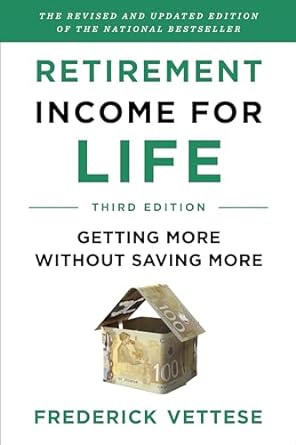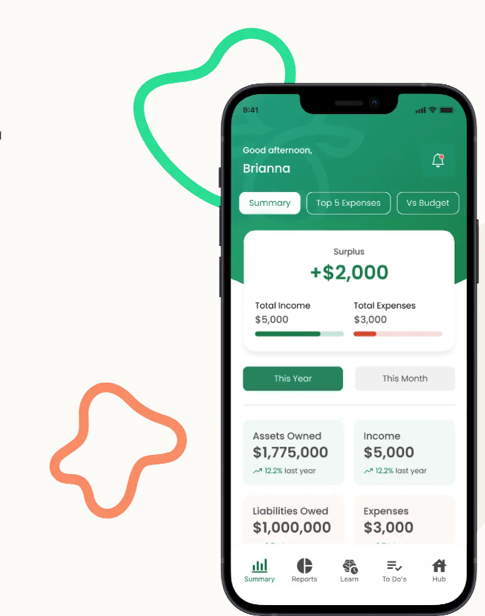
By Philip Bliss
Special to Financial Independence Hub
As a podcast owner, the dream goes beyond sharing your passion and insights with the world: it includes turning that passion into a sustainable source of income. Monetizing your podcast requires strategic planning, consistent effort, and a deep understanding of your audience. In this comprehensive guide, we’ll walk you through practical steps, timelines, and essential tasks to help you successfully monetize your podcast.
Task 1: Define Your Niche and Audience (Timeline: 1-2 weeks)
Before diving into monetization strategies, it’s crucial to have a clear understanding of your podcast’s niche and target audience. Identify the topics that resonate most with your listeners and refine your content to cater to their interests. This process involves analyzing your current audience demographics, studying popular episodes, and researching industry trends. This step lays the foundation for effective monetization by ensuring that your content aligns with the needs and preferences of your audience.
Task 2: Optimize Your Content and Branding (Timeline: 2-4 weeks)
Enhance your podcast’s marketability by investing time in optimizing your content and branding. Develop a memorable podcast name, design eye-catching cover art, and create a compelling podcast description. Consistency in branding helps build a strong identity, making it easier for potential sponsors and advertisers to recognize and trust your podcast.

Task 3: Build a Solid Listener Base (Timeline: Ongoing)
Monetization success relies heavily on having a dedicated and engaged audience. Implement strategies to grow your listener base, such as promoting your podcast on social media, collaborating with other podcasters, and encouraging audience interaction through surveys or Q&A sessions. A strong and loyal community is an attractive proposition for potential sponsors and advertisers.
Task 4: Research and Approach Potential Sponsors (Timeline: 4-6 weeks)
Identify companies or products that align with your podcast’s theme and audience. Craft a compelling pitch that highlights the value of advertising on your podcast, emphasizing your reach and engagement metrics. Reach out to potential sponsors via email or through networking events, showcasing the unique opportunities your podcast offers for their brand exposure. Continue Reading…





